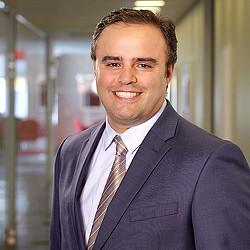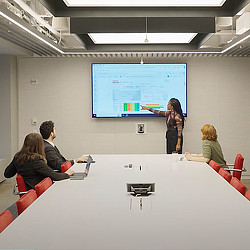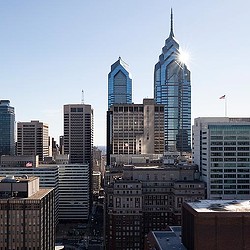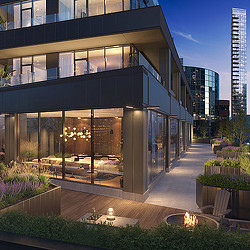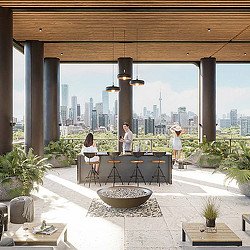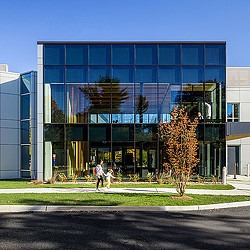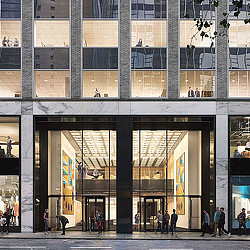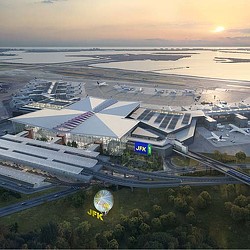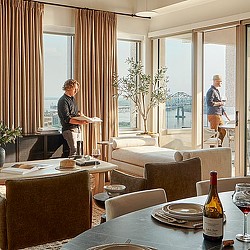Office-to-Everything: A New Path for Revitalizing Downtowns
In the local New York City market, there is huge potential to return stranded assets back to their highest and best use by embracing diverse conversion types.
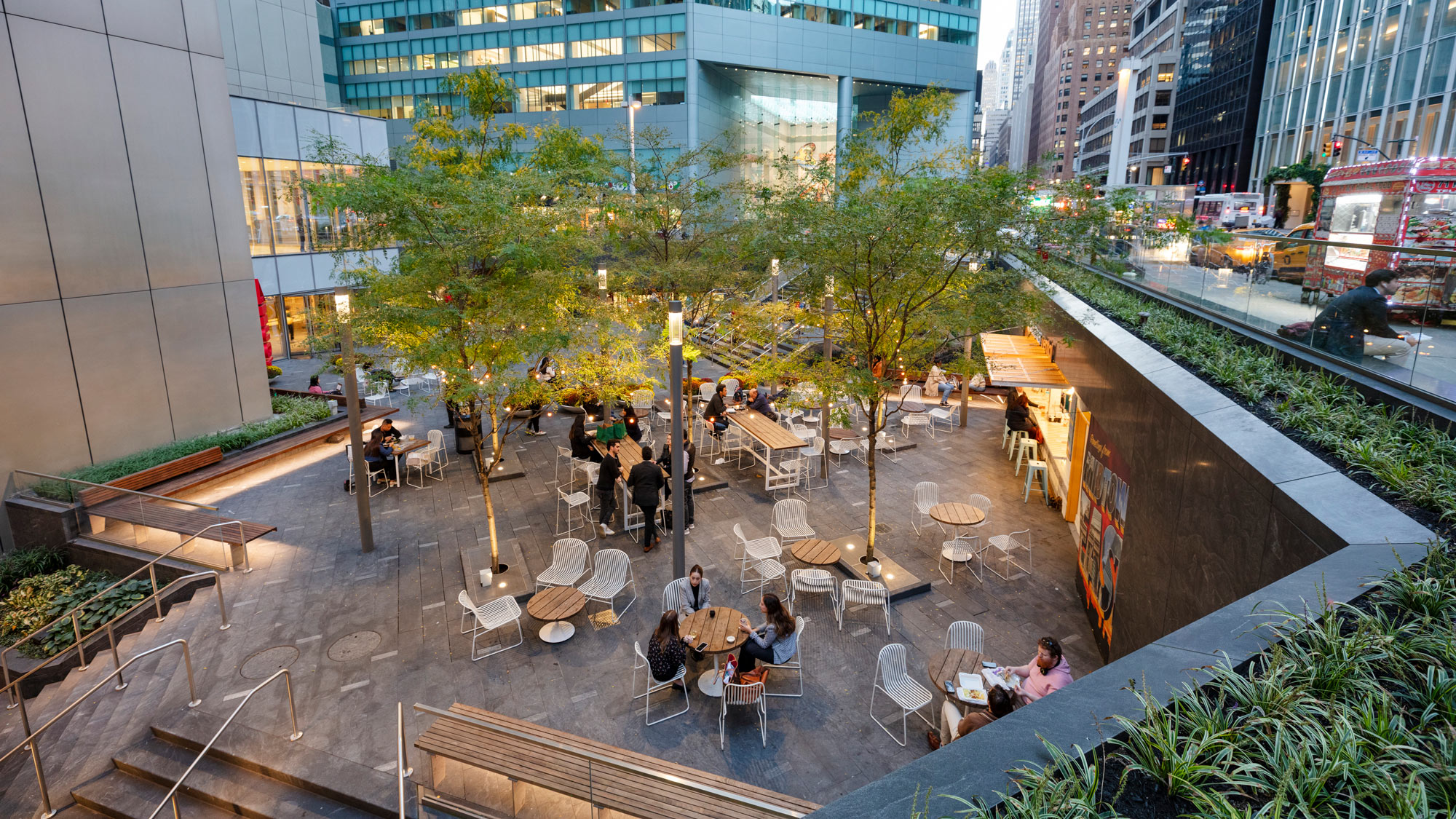
Gensler has been active in advancing policy discussions that minimize roadblocks for office-to-residential conversions, including our participation in President Biden’s office-to-residential advisory committee and our work with Housing and Urban Development (HUD) on the White House Commercial to Residential Federal Resources Guidebook.
As we forge ahead with that important work, it’s important to remember that in the local New York City market, there is huge potential to return stranded assets back to their highest and best use by pursuing conversion projects embracing a variety of uses in addition to housing. This “Office-to-Everything” approach represents a coalesced understanding that the current economic landscape for office real estate offers not just one but many golden opportunities to make our cities better.
The “Office-to-Everything” perspective has the potential to transform buildings into vertical villages that incorporate multiple uses by:
- Emphasizing the existing architectural strengths of properties.
- Embracing a mix of diverse uses for each building and community.
- Working within the technical constraints of every site to bring complex transformations to life.
By embracing a wide view of conversion possibilities in addition to office-to-residential, we can revitalize our cities while creating more economically and socially resilient properties.
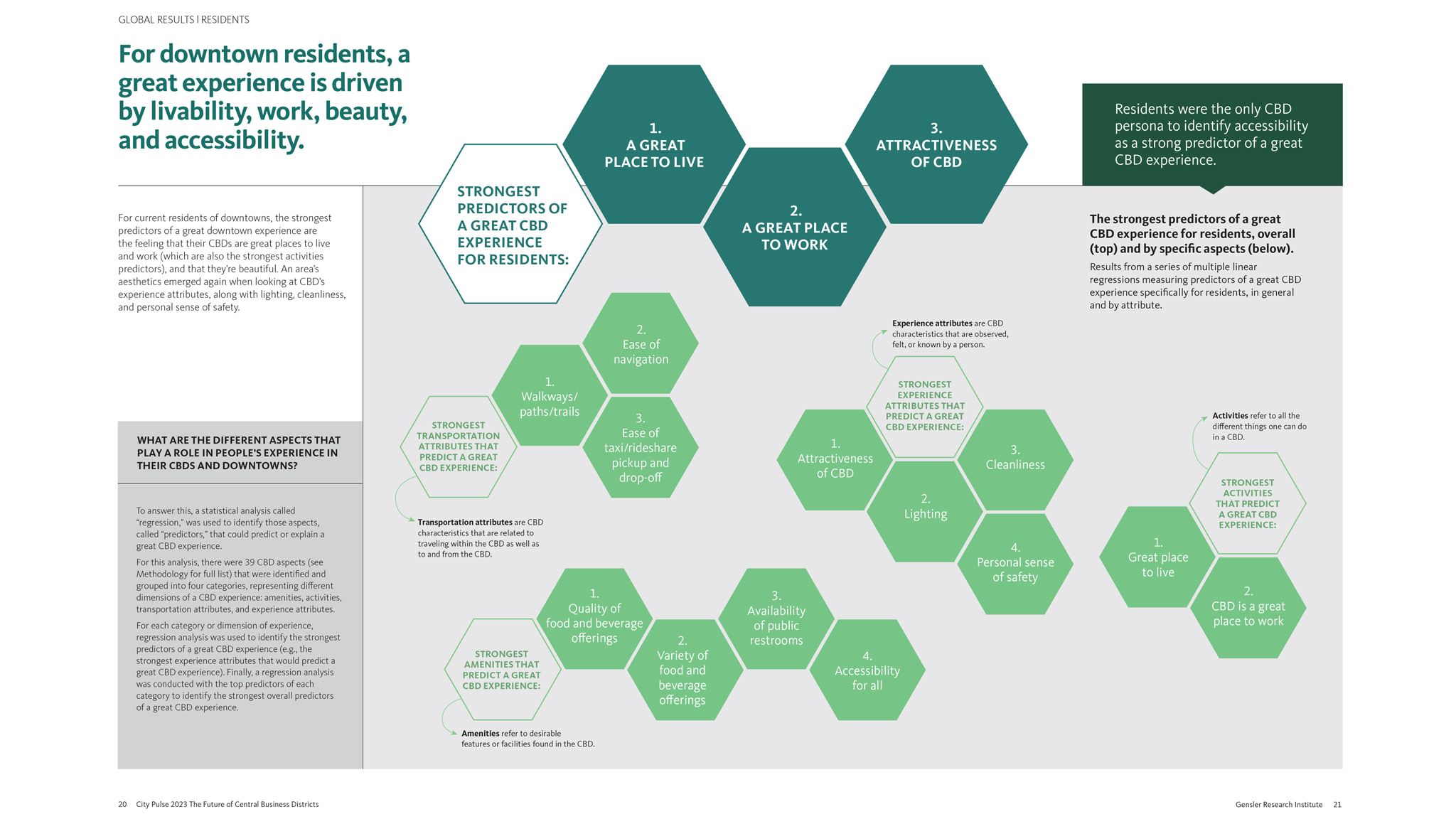
Diversifying Conversions
Why diversify the conversion approach? Gensler’s analysis of over 1,300 buildings in 130 cities across North America revealed that only 25% of the buildings analyzed make for suitable candidates for office-to-residential conversion. Context, building form, location, floor plate size, and several other factors all play a crucial role in assessing a building’s aptness for conversion.
What about the remaining 75% of underutilized buildings?
Recent research taken from the AFIRE International Investor Survey Fall 2023 Pulse Report shows that 90% of institutional investors forecast converting many U.S. office assets to residential and other uses in the next five years. Additionally, the survey estimates that one-third of the existing U.S. office portfolio will need upgrading to meet future occupancy expectations. These statistics point a way forward: partial conversions.
Three Benefits of Partial Conversions
- Because only a portion of some buildings may be desirable to today’s office tenants — such as the bottom floors of an older Class A office tower with no views and outdated amenities — partial conversion projects can utilize building assets more strategically and efficiently through varied lease arrangements and internal configurations that support diversified uses.
- As the stock of underutilized office towers continues to come into view, landlords should consider partial conversions that keep a portion of the existing office spaces while also incorporating other uses that play to the neighborhood’s strengths. This approach can unlock previously unrealized potential for their properties if the configuration of uses is carefully and creatively tailored to the needs of these projects’ respective neighborhoods.
- Partial conversions extend the transformative potential of conversion projects beyond individual buildings to wider districts. Reconfiguring previously monofunctional buildings into mixed-use vertical villages can revitalize urban neighborhoods and reverse the “urban doom loop” effect. Buildings containing bespoke collections of tenants and functions create more resilient investments that build upon the inherent value of each property.
Office-to-Everything Case Studies
Building on over a decade’s worth of design research and project expertise, Gensler is well positioned to deliver partial and full building conversions that mix and match uses, play to the strengths of existing architecture, and create people-focused urban hubs bringing communities together.
Partial conversion projects are still far and few between, however. Using our imaginations, we can look to a collection of recent conversion projects undertaken by Gensler to find inspiration — and a menu of approaches — for recovering value from otherwise stranded assets.
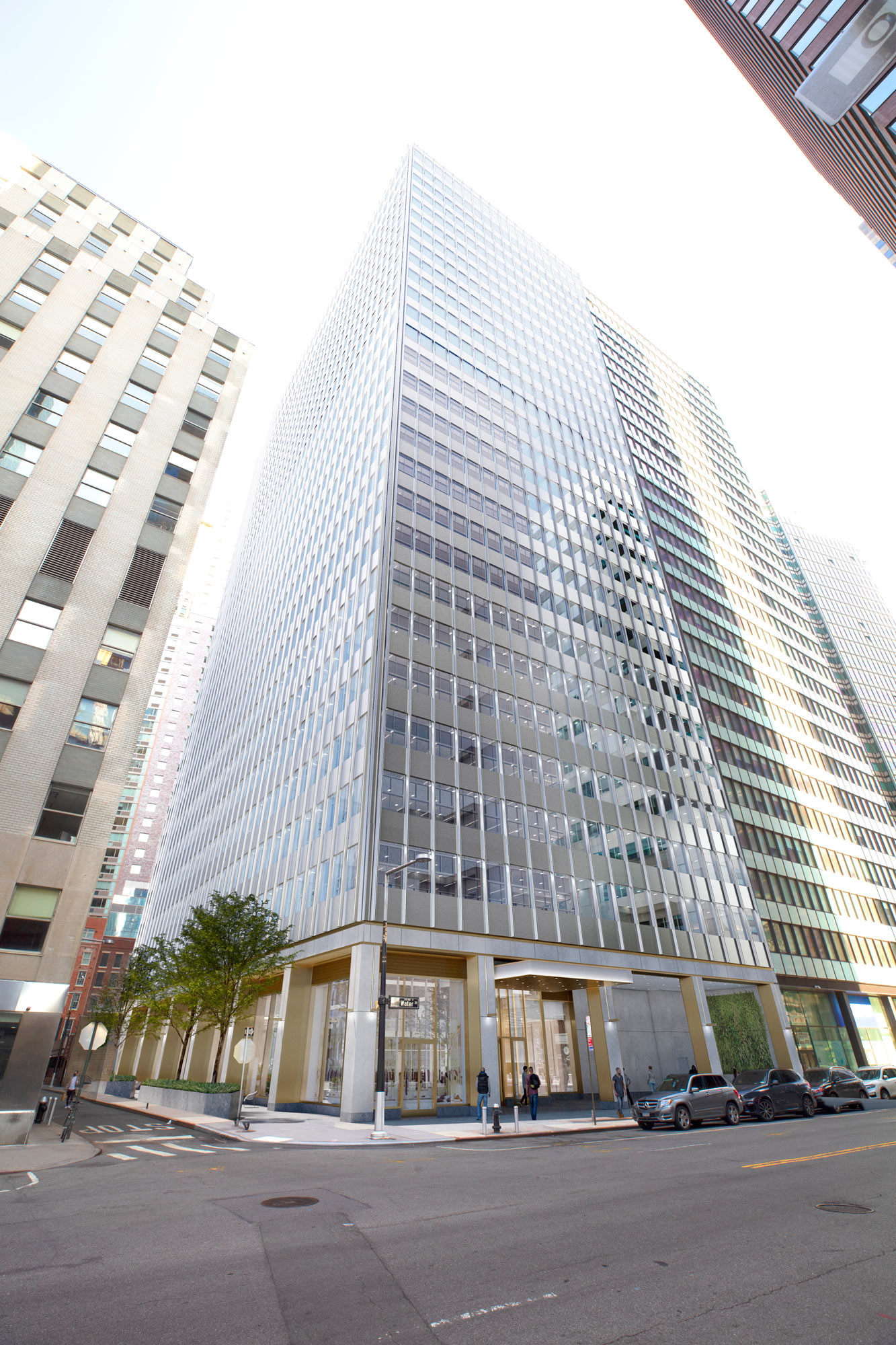
Office-to-Residential: Pearl House
In New York City, commercial buildings constructed prior to 1961 are eligible for residential conversion under existing regulations. A citywide housing crisis has amplified the need for more residential units and the Financial District neighborhood has seen a number of adaptive reuse projects given mid-1990s zoning changes. Vanbarton Group first engaged Gensler in 2020 with a planning study to convert its 525,000-square-foot downtown office building into a premier residential building.
Upon completion in 2024, the amenity-rich 588-unit building will include the addition of five new floors atop the existing 24-story converted office tower, as well as the creation of three new voids running the height of the existing building that will permanently remove less desirable floor area for the new apartments while placing the removed area at the top of the building. It’s easy to imagine scenarios where a similar transformation takes shape over a portion of an existing building, with sections left to be upgraded as higher quality offices topped by new homes.
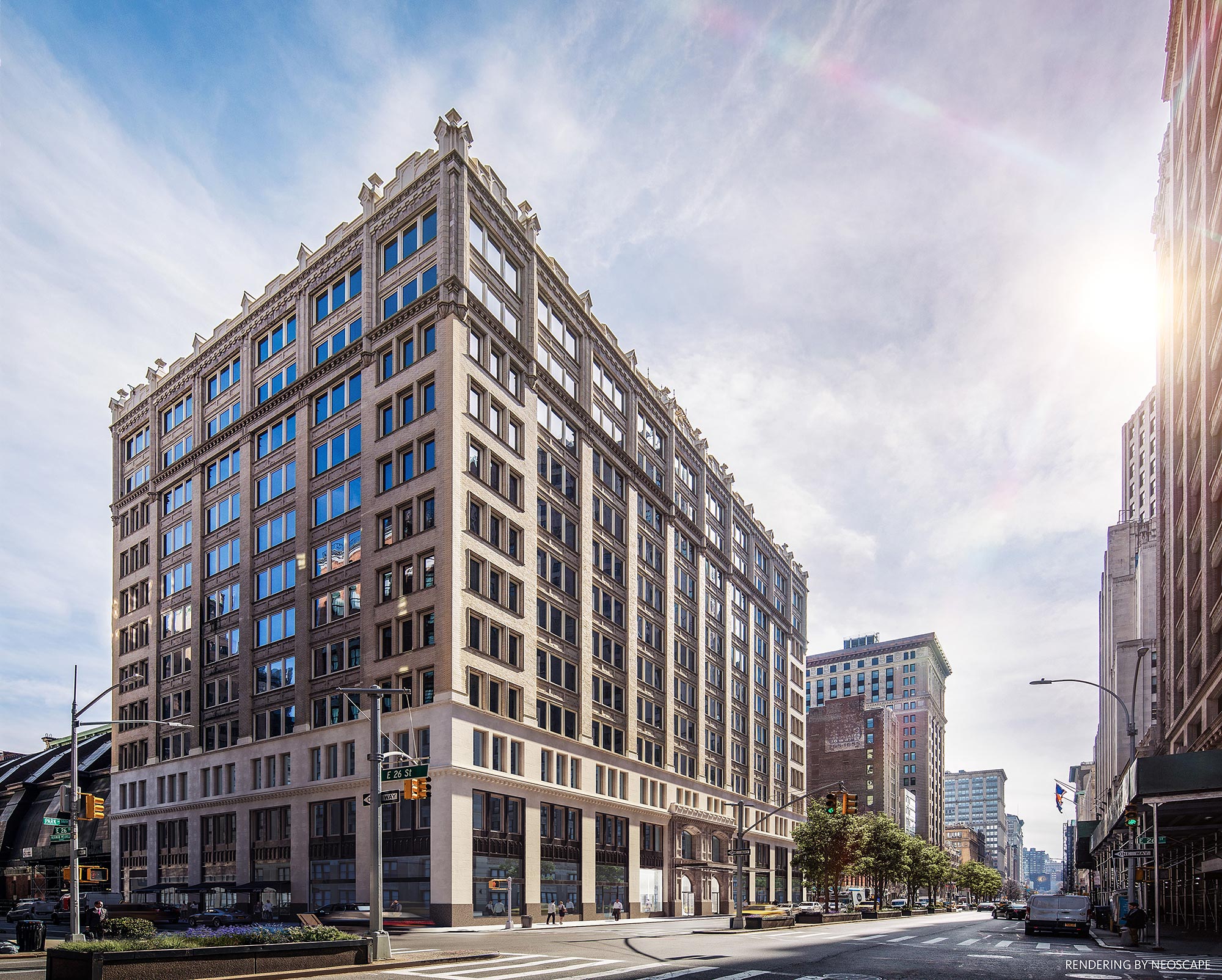
Office-to-Life Sciences: Deerfield Headquarters and CURE. Innovation Campus
Deerfield sought to realize a world-class facility for an ecosystem of scientists with access to unparalleled resources, high-quality infrastructure support capabilities, and curated collaboration spaces along with Deerfield’s new headquarters. The Gensler team modernized 345 Park Avenue South into a vertical sciences campus, creating an empowering workplace with 11 floors of lab-ready spaces to allow life science, digital health, and tech-enabled companies to collaborate or work privately alongside other innovators. The building, as designed, combines a collection of uses, with labs and offices mixing across its height.
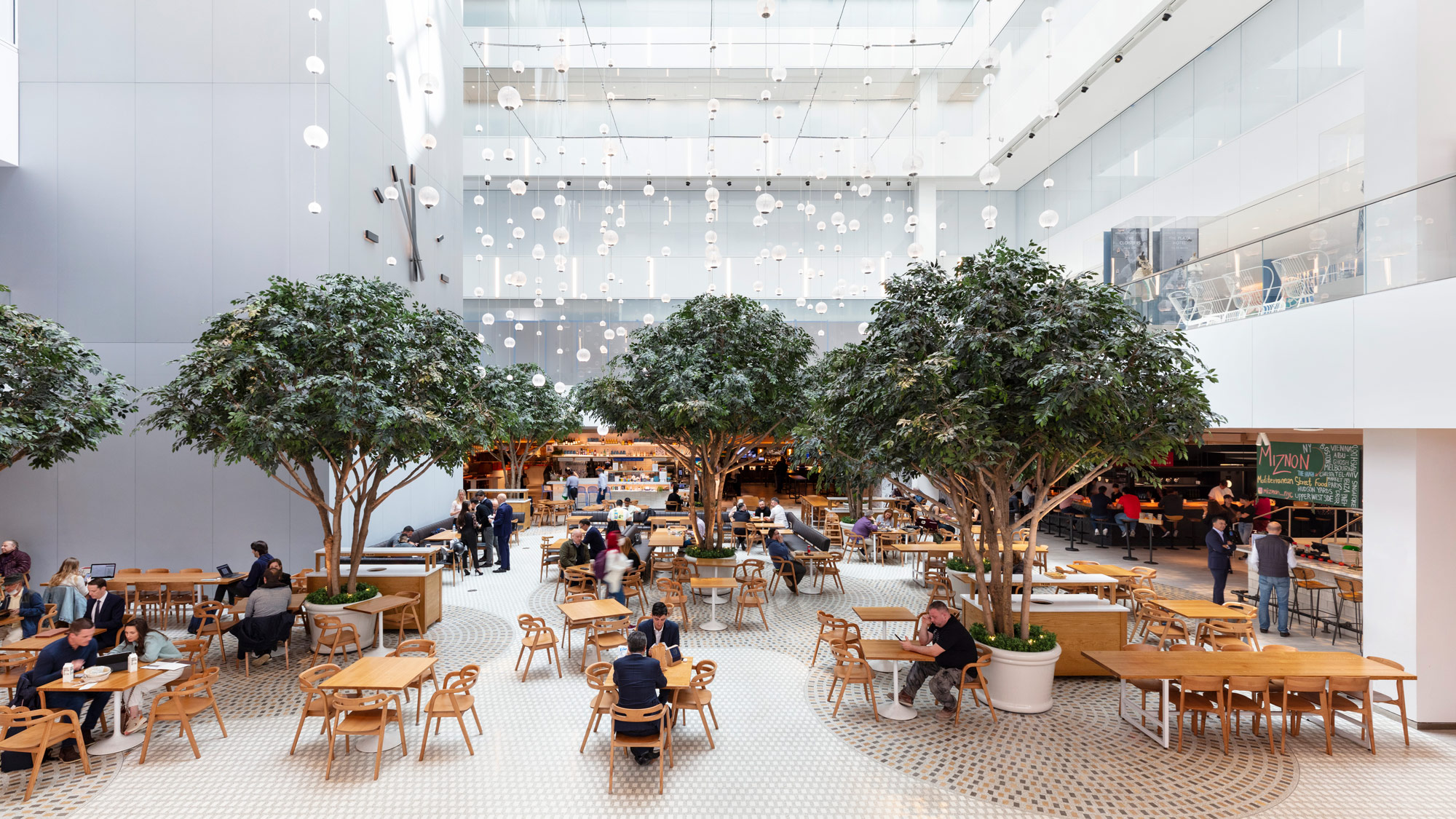
Office-to-Neighborhood Amenity: 601 Lexington
Gensler’s recent repositioning of a six-story building located beside the iconic 601 Lexington tower in New York City’s Midtown offers an example of how upgrading and diversifying ground floor amenity spaces can support the revitalization of existing office towers. Our client was inspired to bring added value to the entire neighborhood by making a distinctive plaza and atrium space that could reenergize the street adjacent to a new food hall buzzing at all hours of the day. To this end, the new outdoor plaza and terraces make room for more dining and retail options, while enlivening the staid office component. A women’s clinic run by NYU Langone has taken up residence in the former office areas, further diversifying the tower’s tenant mix and offering a new, accessible healthcare option for the neighborhood and city. The 200,000-square-foot tower transforms an internally focused space into a bustling urban oasis for Manhattan’s Midtown East neighborhood.
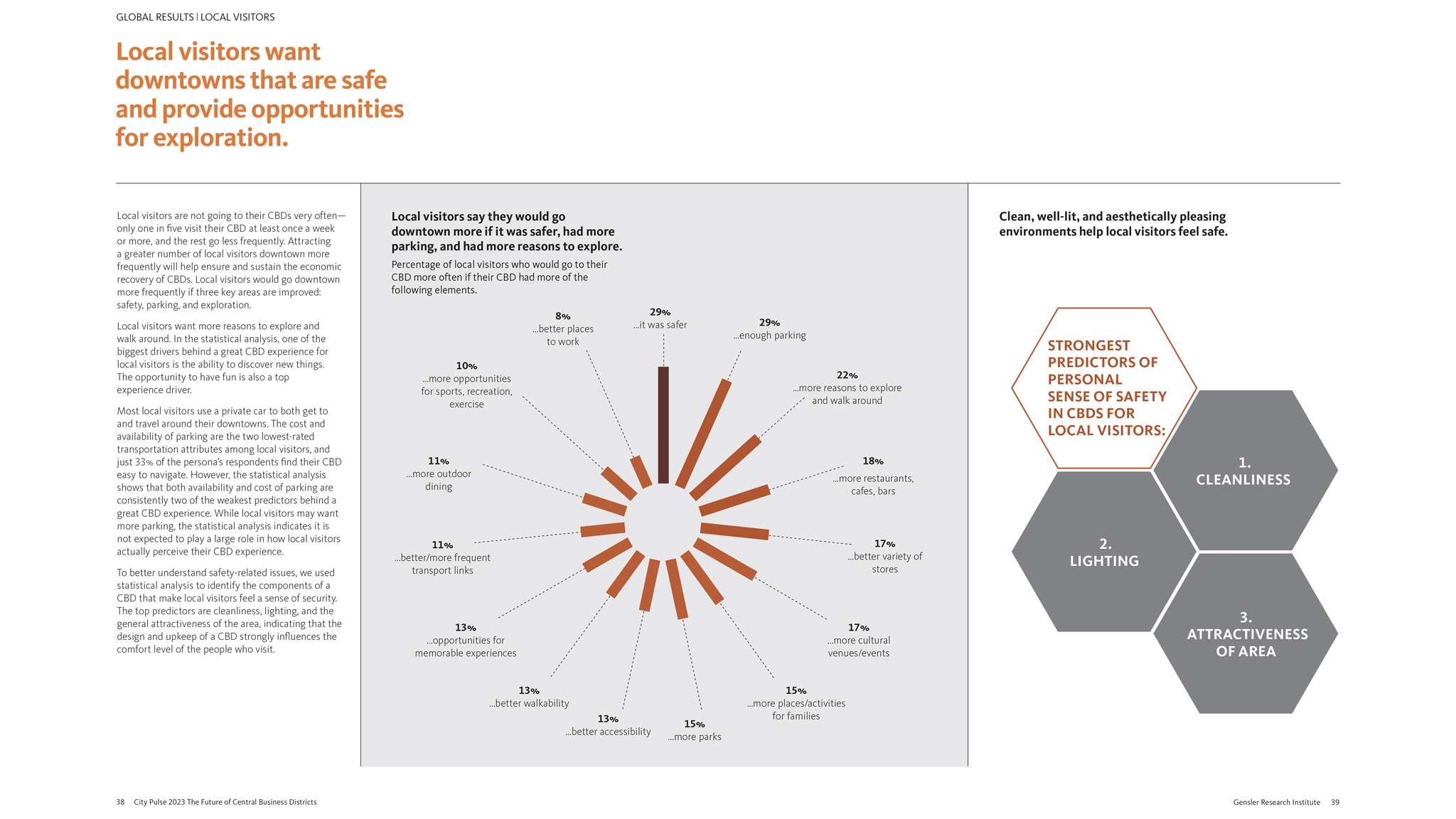
Our Downtowns Need More Than Housing
Creating more residential spaces alone won’t save our downtowns and empty central business districts (CBDs); new housing must be paired with additional access to grocery stores, retail, community services (such as schools), and cultural offerings. We’re at a moment in time where public and private entities need to recognize that commercial districts must be more welcoming and diverse.
For example, Gensler’s City Pulse 2023 survey found that CBDs providing recreation, opportunities for discovery, and beautiful surroundings will continue to appeal to city dwellers. The survey also found that local visitors want downtowns that are safe and provide opportunities for exploration, a far cry from the push to view housing as a cure-all for what ails CBDs.
Prioritizing mixed-use conversions will speed up the transition toward sustainable, mixed-use neighborhoods filled with community retail and enticing amenities that support residential use. The vertical, mixed-use village is the way forward for our downtowns.
For media inquiries, email .
